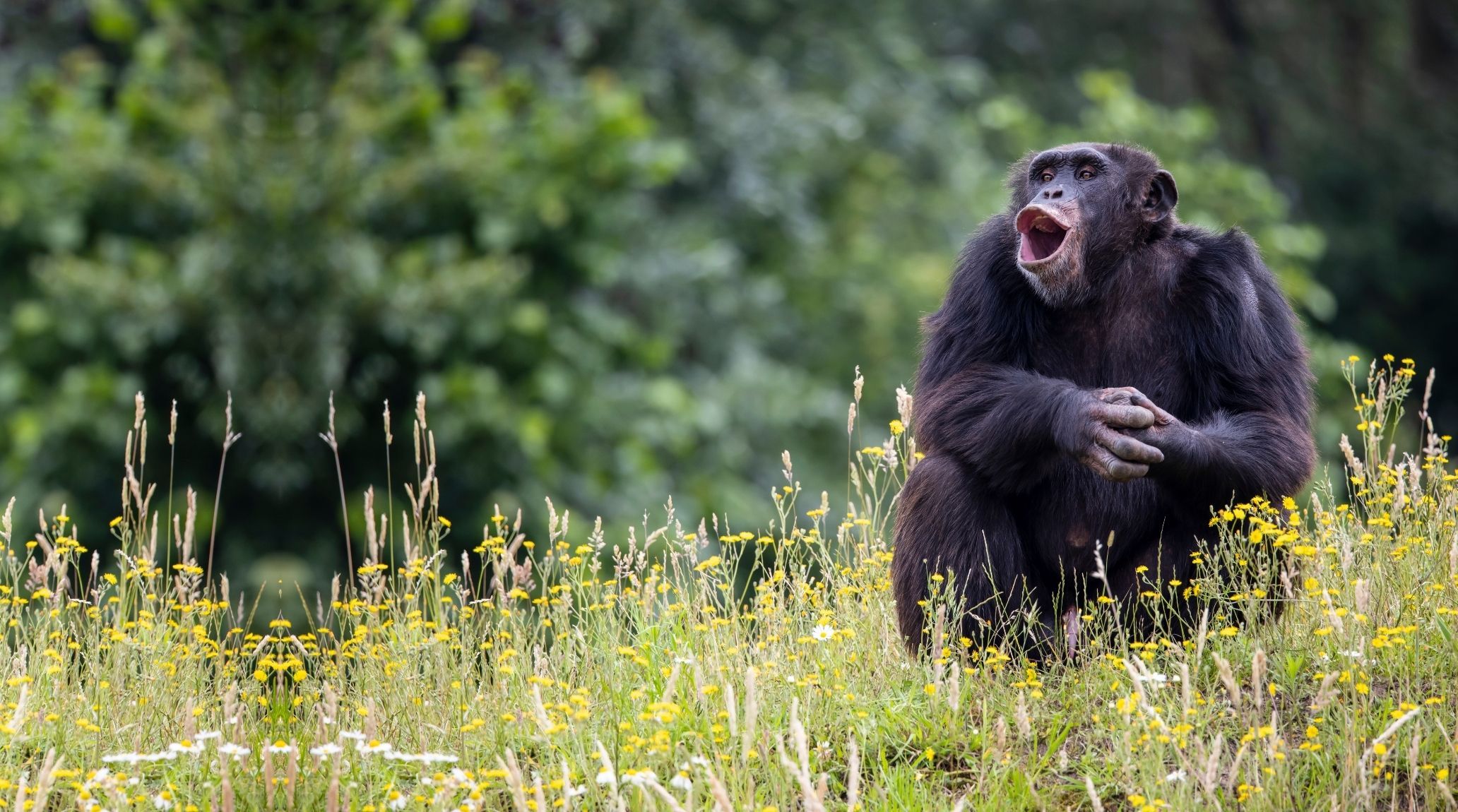
“
In this blog, we delve into 20 surprising facts about chimpanzees that reveal their complex social structures, remarkable cognitive abilities, and fascinating behaviours. From their use of tools to their playful nature, these insights showcase why chimpanzees are not only our closest living relatives but also incredibly captivating creatures in their own right. Join us as we explore the astonishing world of chimpanzees and uncover the traits that make them truly extraordinary.1
1
”
Chimpanzees share 98% of their DNA with humans, making them our closest living relatives. This genetic similarity highlights how closely related we are to these intelligent primates.1
Chimpanzees experience a prolonged childhood, remaining close to their mothers for around 7 years. This extended period is vital for learning essential life skills such as foraging, nest-building, and socializing.2
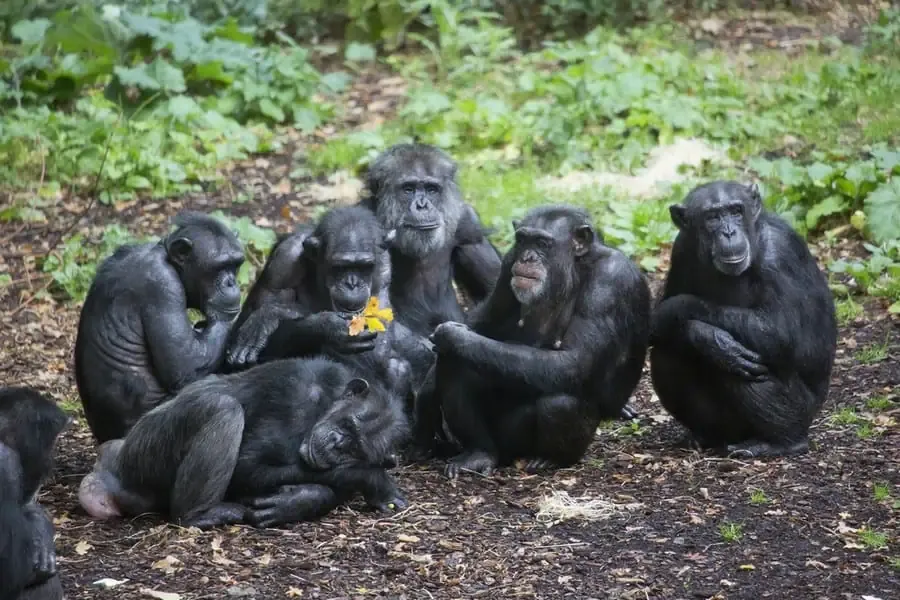
Chimpanzees live in complex social groups with strong family bonds. They engage in grooming, share food, and comfort each other, demonstrating their deep emotional connections and sophisticated social structures within their communities.
Chimpanzees have a gestation period of about 230 to 240 days, or approximately 7.5 to 8 months. This relatively long period ensures that the developing infant is well-prepared for survival and adaptation once born into the challenging wild. 3
Some chimpanzees have been taught to communicate using sign language or symbols. This ability highlights their remarkable cognitive skills and suggests a level of intellectual complexity similar to that of human language development. 4
Contrary to popular belief, chimpanzees are omnivores and enjoy eating meat, particularly monkeys. They hunt and consume a variety of foods, including fruits, insects, and small animals, reflecting their versatile dietary needs.5
Chimpanzees build new nests each night high in trees for safety and comfort. They weave branches and leaves to create cushioned, stable platforms that protect against hard branches and help regulate temperature for a comfortable sleep.6
Wild chimpanzees are native exclusively to Africa. They inhabit diverse regions across the continent, including rainforests, savannas, and woodlands. Their range spans from West Africa to Central Africa, where they thrive in their natural habitats. 7
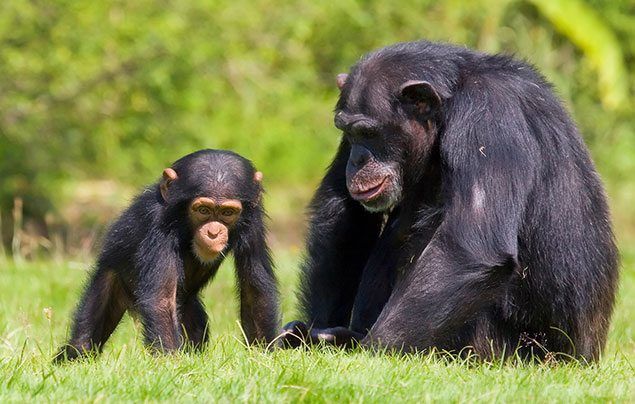
Female chimpanzees give birth approximately once every five years. Typically, they have a single infant per pregnancy. The young cling to their mother's fur and ride on her back until they are three to five years old, strengthening their bond.
In the wild, chimpanzees can live up to 60 years, while those in captivity can live even longer. This extended lifespan in captivity is due to the protection and care they receive, which contrasts with their shorter wild lifespan.8
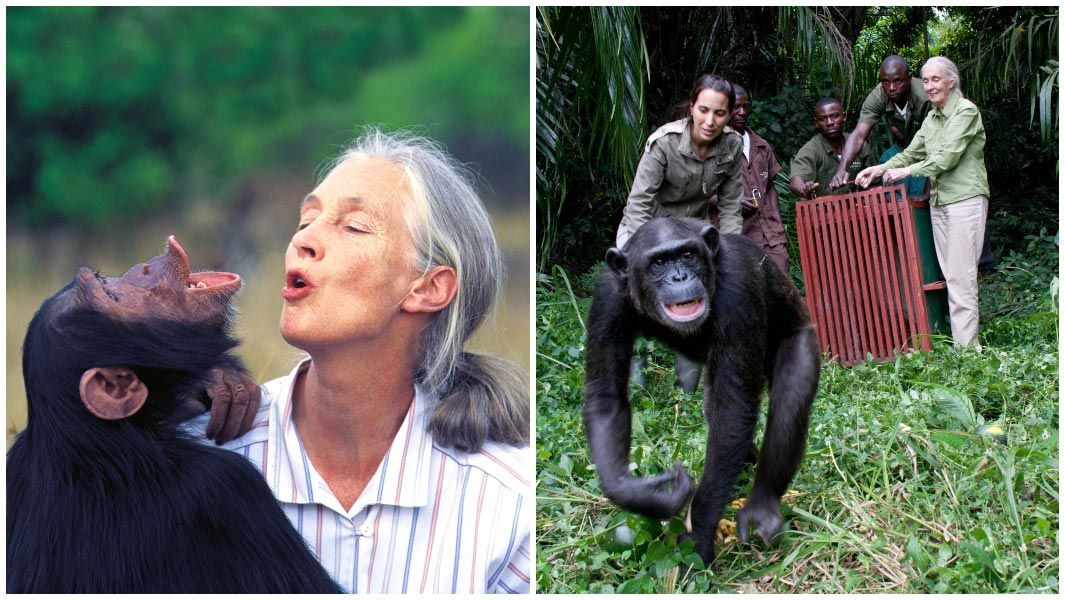
Dr. Jane Goodall’s groundbreaking research in the 1960s at Gombe Stream National Park, Tanzania, transformed our understanding of chimpanzees. Her observations revealed their tool use, complex social interactions, and emotional depth.
Chimpanzees generally avoid humans and will flee rather than confront them. However, if threatened or provoked, they may attack. Human activities like deforestation can increase the risk. 9
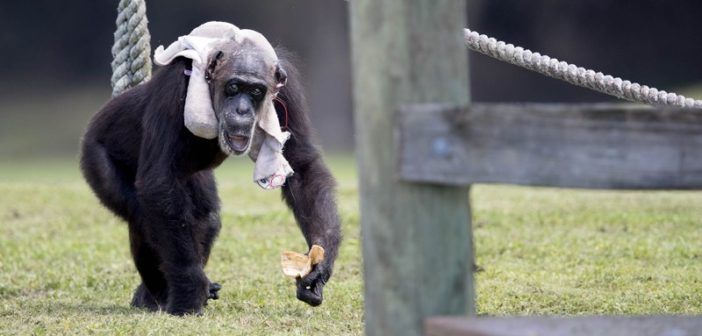
The oldest captive chimpanzee, Little Mama, has lived at Lion Country Safari in Florida since 1967. Once part of the Ice Capades, she was examined by Dr. Jane Goodall in 1972, who estimated her age at 30–35. As of March 2017, she was 77.
Chimpanzee populations, once widespread in West and Central Africa, have dwindled to around 150,000–200,000 due to habitat loss, hunting, and capture for zoos and research.10
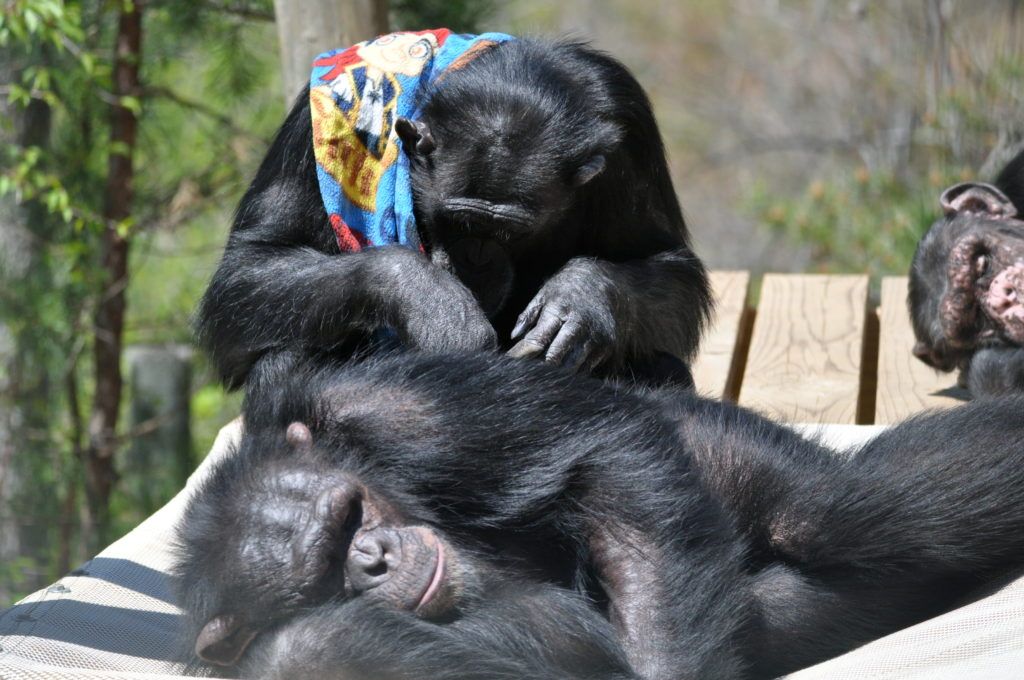
Chimpanzees are meticulous groomers, spending much time removing dirt, parasites, and dead skin from each other’s fur. Though it may seem unappealing, grooming is vital for their cleanliness.
Chimpanzees, after humans, are the most intelligent primates on Earth. They communicate using a variety of gestures, facial expressions, and vocalizations like hoots, grunts, and screams, showcasing their advanced social and cognitive abilities.11
Chimpanzees have a varied diet, including fruits, leaves, insects, and small animals. This diverse diet supports their nutritional needs and highlights their foraging skills and adaptability to different food sources.12
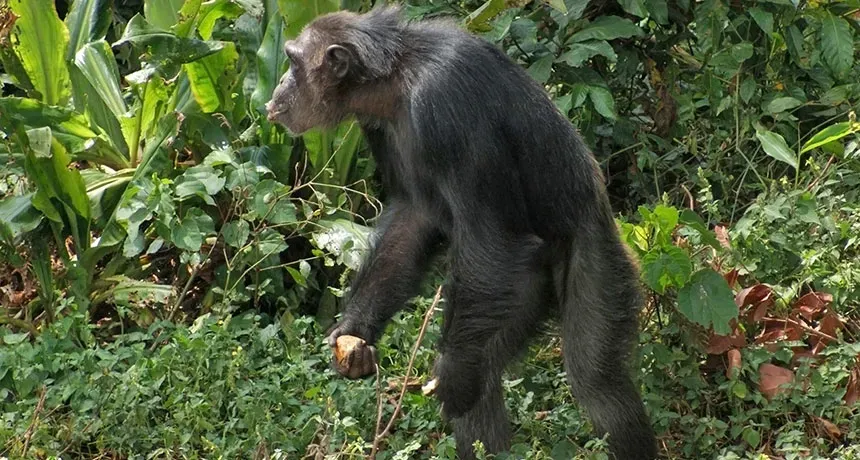
Chimpanzees can walk on two legs, though they usually move on all fours. This bipedal walking is used for short distances and helps them carry objects, showcasing their adaptability and strength in different situations.
Chimpanzees once thrived in West and Central Africa's tropical forests, but now only 150,000–200,000 remain in the wild. Their numbers have dropped since the 19th century due to habitat loss, hunting, and capture for zoos and research.13
Chimpanzees are skilled tool users. They use sticks to fish for termites, stones to crack nuts, and leaves as sponges to soak up water, demonstrating complex problem-solving abilities.14


